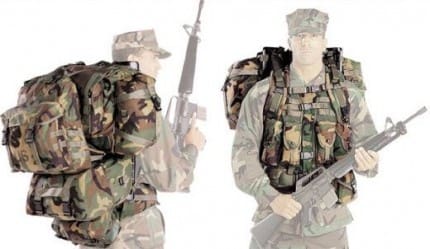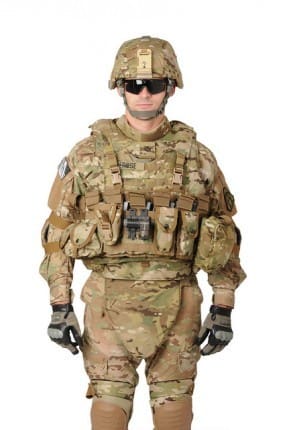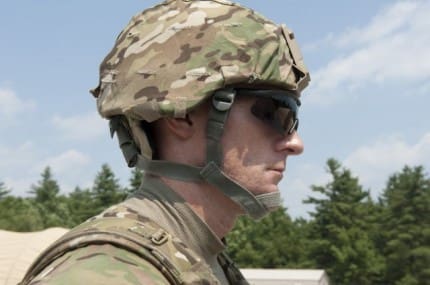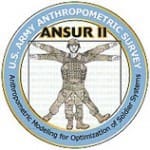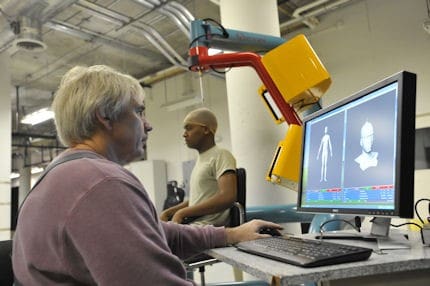Natick is conducting a market survey for US Army PEO Soldier’s Product Manager-Soldier Clothing and Individual Equipment domestic products, suppliers and manufacturers of individual water treatment/purification systems. Additionally, industry should expect a solicitation to purchase such technologies in the next 60-120 days.
Their interest runs the whole gamut of purification systems from standard bacterial and viral removal to dealing with turbidity and industrial waste. Additionally, they’d like info on systems that are designed for salt and brackish water.
Specifically, they are seeking info on systems with these attributes:
“The U.S. Army is interested in identifying firms with products, technologies, and capabilities to provide a man-packable, water treatment/purification system for Individual Soldier use in purifying water (for drinking) from indigenous fresh water sources in basic, hot and cold environments. The system shall be compatible with current and future organizational clothing and equipment such as the MOLLE Hydration System, standard military canteen, and/or both.
Purification systems sought must be lightweight (not to exceed 1lb. dry), easy to use/clean/maintain, low bulk/compact, capable of producing microbiologically purified water in its operational life with/without purification element replacement and meeting the volume capacities of Soldier hydration needs (135 liters). It shall have an unused service life of 180 days and should include an indicator of service life status; it shall be storage stable for 5 years and be environmentally-safe during use and subsequent disposal. It shall have the capability to resist freezing or withstand freezing without damage. Freeze/Thaw cycle testing should be conducted according to MIL-STD-810 (Method 524), “Department of Defense Test Method Standard for Environmental Engineering Considerations and Laboratory Tests”. The device shall remove or resist growth and build-up of mold, mildew and bio-films. It shall be durable to a 6 foot drop and 300 pound load(static and dynamic).
The device must be capable of disinfecting and/or removing microbiological contaminants to levels mandated by the HQDA Technical Bulletin, Medical 577 (TB MED 577). Pathogen reduction capabilities must be documented through laboratory testing to the NSF International P248 Protocol for “Emergency Military Operations Microbiological Water Purifiers” (bacterial removal to 6-log, viral removal to 4-log, and protozoan cyst removal to 3-log) or better with all test plans, data, and test reports validated by the U.S. Army Public Health Command (USAPHC). The water purification time must be 20 minutes or less (objective less than 15 minutes) with a flow rate of not less than 200 mL/min. Batteries, if used, must be a commercially-available type and of weight and bulk compatible with the overall device requirements for weight and bulk.
Consideration will also be given to removal of toxic industrial chemicals/materials to US Army short-term potability standards (TB Med 577) from fresh water sources, removal of chemical/biological warfare agents (desired), and reducing turbidity (less than 1 NTU). Processed water shall be palatable with taste/flavor as in commercial bottled spring or municipal waters. Additional consideration will be given to devices capable of desalination and purification from seawater and brackish water sources.”
If you’ve got a system, you’ve got until 9 March to let the Government know. Actual requirements for solicitations are often derived from the information received through these RFIs so it’s important to participate in the process.


